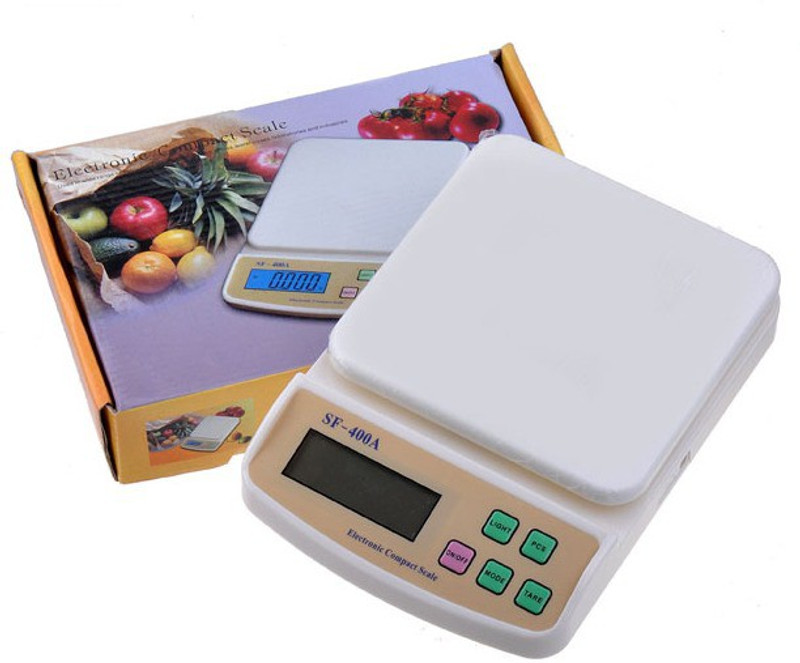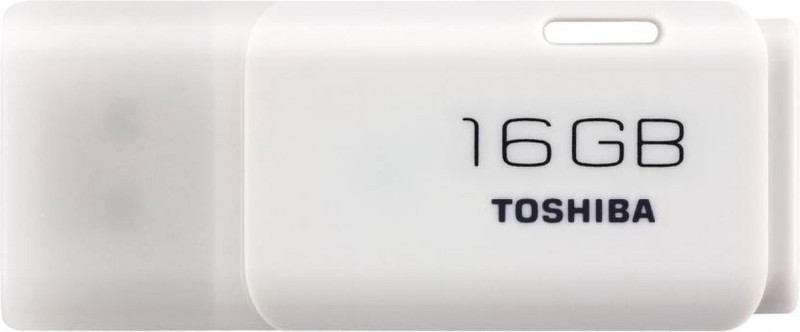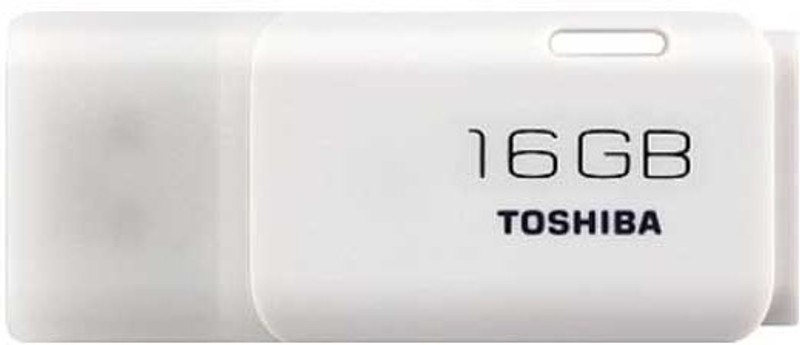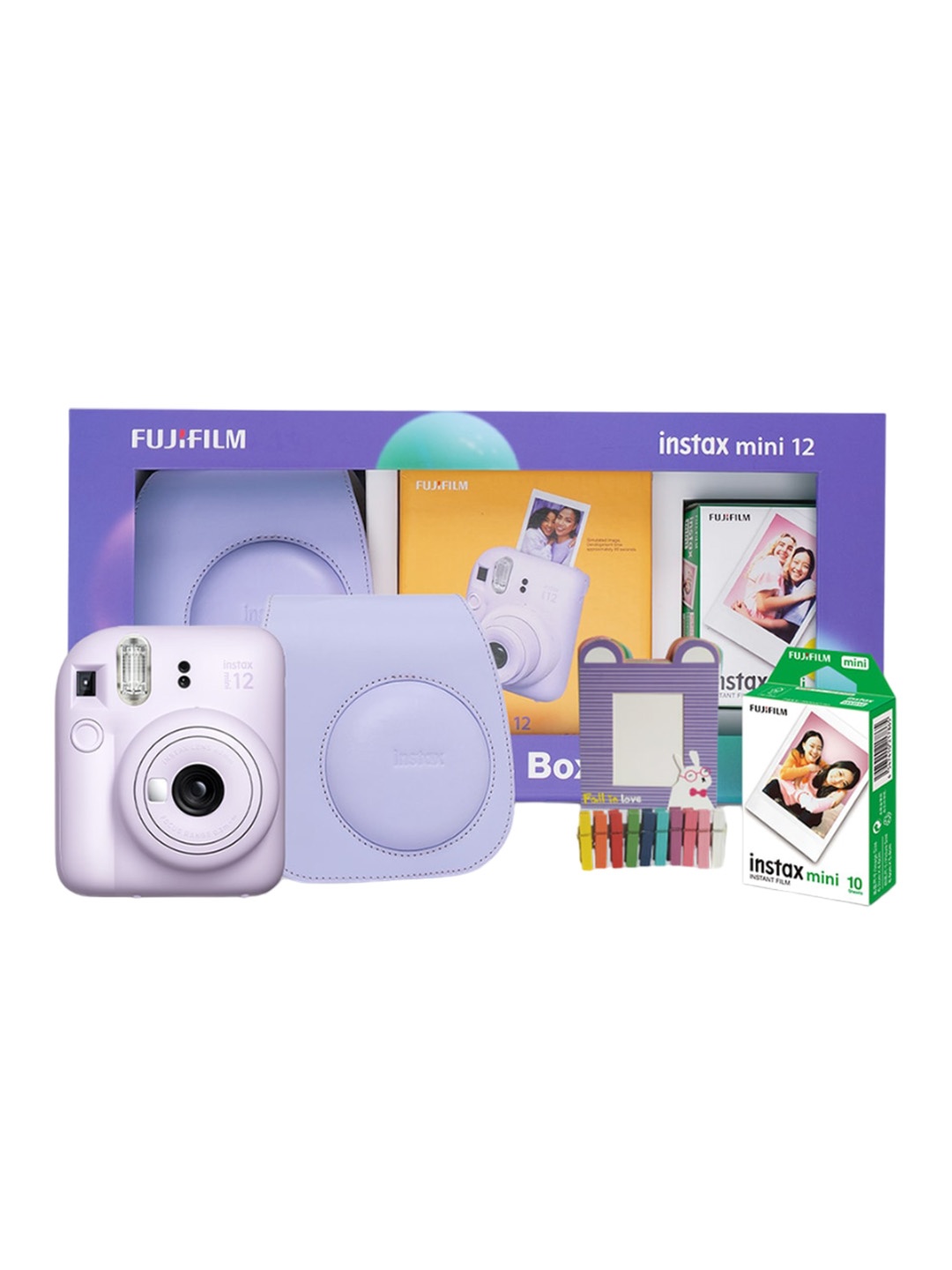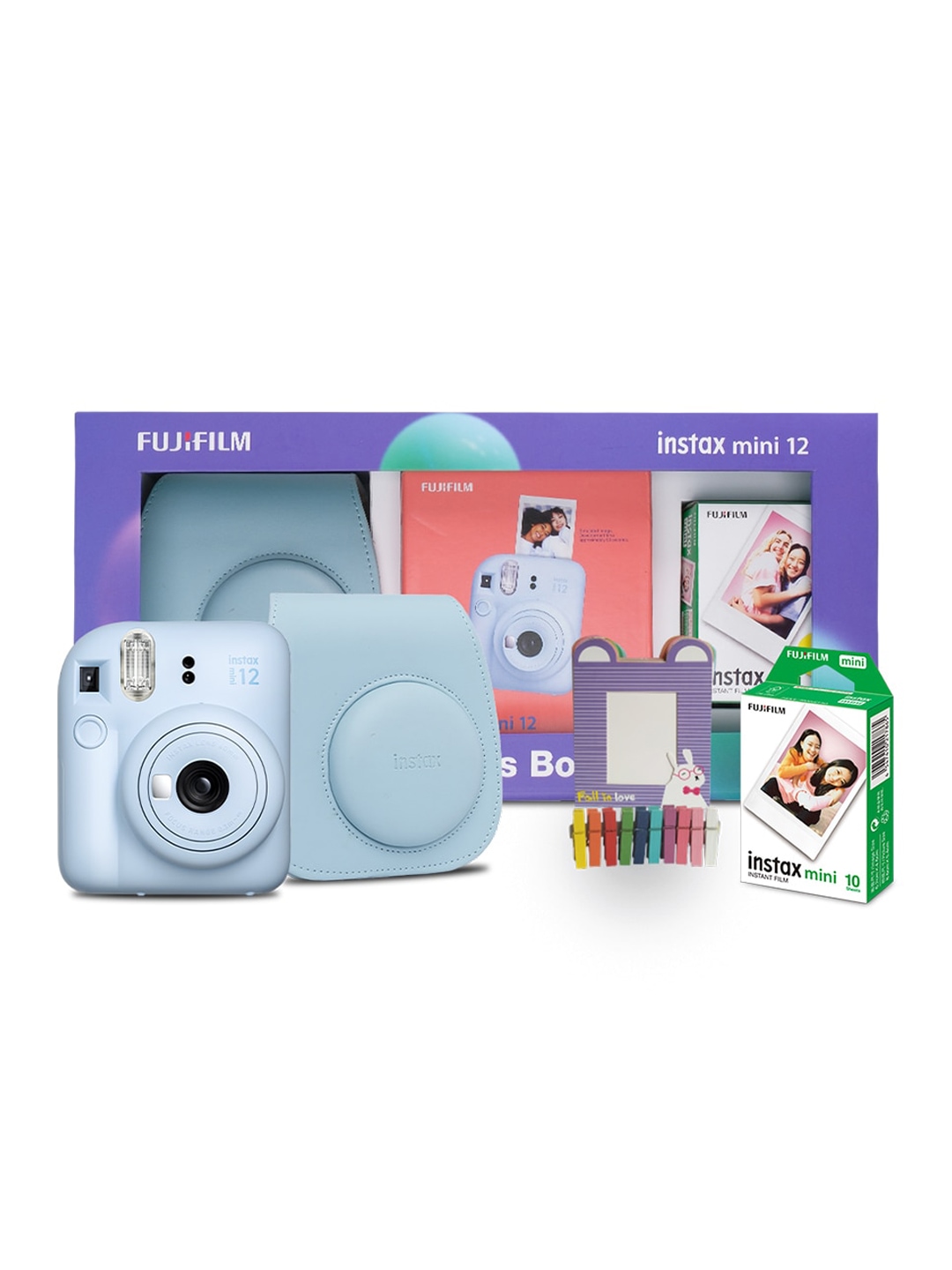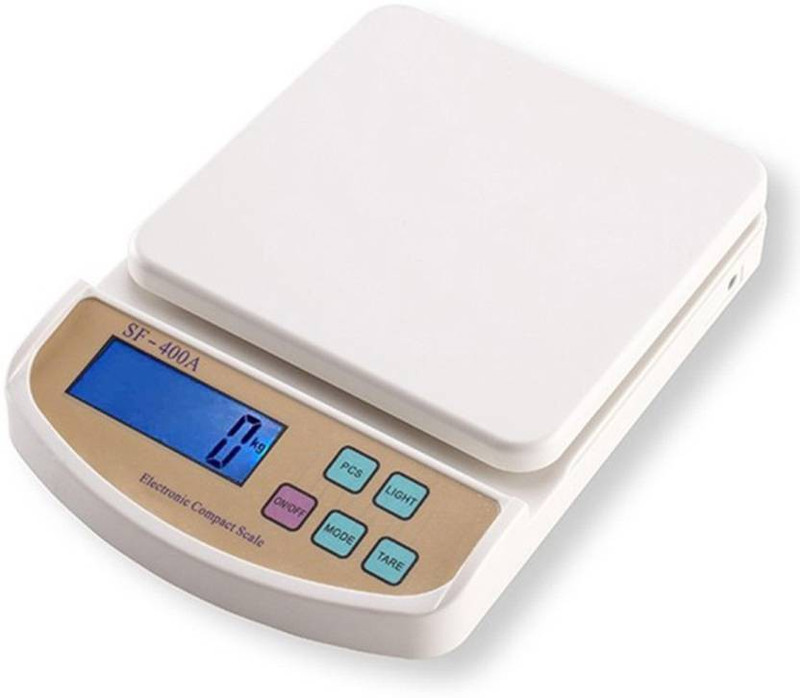Blended, Whipped and Pureed: Things You Need To Know Before Buying A Hand Blender

Imagine this: it's a crisp Sunday morning, the sun is barely peeking through the windows, and you're craving a smoothie so creamy it could be mistaken for a milkshake. You reach for the ingredients, toss them into your blender, and, bam, you're set. But wait. There's that pesky blender jar to wash. The bulky thing takes up half the counter space. And let's not even talk about the noise. Enter the hand blender. This small, sleek tool promises to change your kitchen experience. From soups to sauces, smoothies to dips, the hand blender can handle it all. It's portable, versatile, and often a quieter, quicker solution to getting your kitchen creations just right. But with so many options on the market, how do you choose the one that's right for your needs? Is it as easy as the marketers claim? Let's explore everything you need to know before you take the plunge and buy a hand blender, from key features to buying tips, and even some lesser-known tricks. Let's whip, blend and puree our way to the perfect kitchen companion.
Also Read: Best Performance At Pocket-Friendly Prices: Explore Versatile Blenders For Everyday Kitchen Tasks
1. Power Matters: What's The Right Wattage For You?
When it comes to hand blenders, power is king. The wattage of a hand blender determines how effectively it can blend, chop, or puree various ingredients. Higher wattage generally means better performance, but does that always mean you should opt for the most powerful one?
It's easy to get swayed by the ‘bigger is better' mindset. However, choosing the right wattage depends on your needs. For light tasks like smoothies, milkshakes, or soups, a hand blender with 200 to 400 watts will do just fine. These models are usually lightweight, compact, and easy to handle, perfect for everyday tasks without the muscle strain.
On the other hand, if you plan on tackling tougher ingredients like nuts, ice, or fibrous vegetables, consider a more powerful model in the 600 to 1000-watt range. These blenders will offer more torque and make quick work of even the hardest tasks. While this might mean a slightly heavier and bulkier device, the trade-off is often worth it if you need that extra power. Just remember, more watts also tend to mean higher energy consumption, so keep your needs in mind.
2. Design And Ergonomics: Comfort Is Key
A hand blender isn't something you use for just a minute or two. To get the most out of your blending experience, comfort matters. Imagine blending a soup for a few minutes, now imagine doing that with an awkward, heavy, or poorly designed handle. Not ideal, right?
The best hand blenders are designed to fit comfortably in your hand with an ergonomic handle that reduces wrist strain. Ideally, the power button should be easy to press, with a non-slip grip so your hand won't slide off mid-blend. Some models also come with variable speed settings, great for giving you more control depending on the consistency you want.
Look for a hand blender with a lightweight design, as this will allow you to blend for longer without tiring out your hand. After all, comfort and ease are key to making the process as enjoyable as possible.
3. Versatility: More Than Just A Blender
It's easy to think of a hand blender as just a tool for blending smoothies or soups. But many models today come with a range of attachments that make them far more versatile than the traditional blender. Think beyond the basic blending stick; some hand blenders come with whisk attachments for whipping cream or beating eggs, chopper attachments for finely chopping herbs, and even mashers for perfect mashed potatoes.
If you love experimenting in the kitchen, versatility is crucial. You might find yourself needing a whisk to make fluffy meringue or a chopper for finely dicing vegetables for your next stir-fry. A hand blender with multiple attachments can essentially replace several tools in your kitchen, saving space and money.
When shopping, check what extras come with the model you're eyeing. It's worth investing in one that offers flexibility, allowing you to get creative with what you can make. The more attachments, the more possibilities, from smoothies to whipped cream to homemade salsas, the world is your oyster.
4. Blade Quality: Cutting Edge Performance
Blades – the unsung heroes of the hand blender world. It's tempting to focus on flashy features, but it's the blades that truly make a difference. High-quality blades can drastically improve the texture and consistency of your blends, while lower-quality blades might leave your ingredients lumpy or uneven.
Stainless steel blades are the gold standard for most hand blenders. They're durable, resistant to rust, and stay sharp for longer periods. Some hand blenders come with different blade types – a straight-edge blade for smooth blending, or a serrated blade for tougher tasks like chopping ice or harder fruits.
It's also worth considering whether the blades are detachable. Detachable blades can be cleaned more thoroughly, reducing the chances of bacteria build-up. Also, check how easy it is to assemble and disassemble the blade system. A complicated setup can quickly turn a pleasant blending experience into a hassle.
5. Noise Levels: The Sound Of Silence Or Close To It
There's no denying it: some blenders can be loud. But when you're blending first thing in the morning or in the middle of the night, that roar can be more than just annoying – it can be downright disruptive.
Luckily, quieter models exist. Many manufacturers now design hand blenders with noise reduction in mind, using advanced motor technology and insulation to keep sound levels at a minimum. Of course, you won't find a silent hand blender, but there's a noticeable difference between the ear-splitting buzz of a standard blender and the comparatively soft hum of a high-quality hand blender.
If you're sensitive to noise or have a baby napping in the other room, it might be worth investing in a quieter model. It's a small touch that can make a big difference in your kitchen experience, ensuring that your blending doesn't become a household disruption.
6. Ease Of Cleaning: Say Goodbye To Kitchen Messes
One of the perks of a hand blender is its easy cleanup. Unlike traditional blenders that come with large jars and intricate parts, hand blenders tend to have fewer components, making them quicker and simpler to clean. However, not all models are created equal when it comes to cleaning ease.
Look for hand blenders that feature detachable parts. A detachable blending arm is particularly useful because it allows you to rinse off the part that touches the ingredients without having to disassemble the whole thing. Some models even come with a self-cleaning function – just fill the container with water, turn the blender on, and let it clean itself. No more scraping bits of food out of hard-to-reach nooks and crannies!
If you're going for convenience, find one with dishwasher-safe components. It's one less thing to worry about when you're tired after cooking – just pop the parts into the dishwasher and let it do its thing.
7. Price: Balancing Quality And Budget
Like most kitchen gadgets, hand blenders come in a wide range of prices, and it can be tricky to know where to draw the line between quality and cost. While it's tempting to opt for a cheaper model, sometimes the extra pennies can make all the difference in performance and durability.
That said, you don't always have to break the bank for a good hand blender. Many mid-range models offer excellent value, giving you the power, versatility, and durability you need without the premium price tag. Focus on the features that matter most to you, whether that's power, attachments, or build quality, and find a model that fits within your budget.
If you're someone who blends daily or has more demanding tasks in the kitchen, it's worth investing in a top-tier model that will last. However, if your blending needs are more casual, there are plenty of budget-friendly options that will get the job done without compromising on performance.
8. Additional Features To Consider: Extra Touches That Make A Difference
Beyond the basics, many hand blenders come with extra features that can elevate your blending experience. Some models boast built-in timers, so you never over-blend your ingredients. Others have speed control, allowing you to adjust the intensity for different recipes. Some hand blenders even come with storage cases to keep all the accessories neatly packed away.
While not strictly essential, these features can enhance the overall experience. For example, a hand blender with an anti-splash design will keep your kitchen mess-free, while a model with a turbo boost button will give you extra power when you need it most.
It's worth weighing the benefits of these extras against the price. If the feature will truly make your life easier, it might be worth paying a little more for it. But if it's just a gimmick that won't see much use, it's okay to skip it and focus on the core features that matter.
Products Related To This Article
1. ORPAT 250 W White Hand Blender
2. ORPAT 250 W White Hand Blender
3. MAHARAJA WHITELINE 250 W Grey Hand Blender
4. AGARO 1000 W Silver Hand Blender, Chopper
5. Inalsa 750 W Black Hand Blender
6. Morphy Richards 300 W Green Hand Blender
7. LIBRA 1200 W Stainless Steel and Black Hand Blender
8. HAVELLS 300 W White Hand Blender
In the end, the best hand blender is the one that fits your lifestyle, needs, and budget. Whether you're looking for power, versatility, or simply a tool that makes meal prep a little easier, there's a hand blender out there that's perfect for you. The key is to take your time and consider all the factors that matter most, from power and design to attachments and noise levels. When you find the right one, it will be your trusty kitchen companion, helping you create everything from creamy soups to fluffy whipped cream. So, are you ready to blend, whip and puree your way to kitchen greatness? The hand blender awaits. Shop now on Flipkart.
Disclaimer: The images used in this article are for illustration purpose only. They may not be an exact representation of the products, categories and brands listed in this article.

















